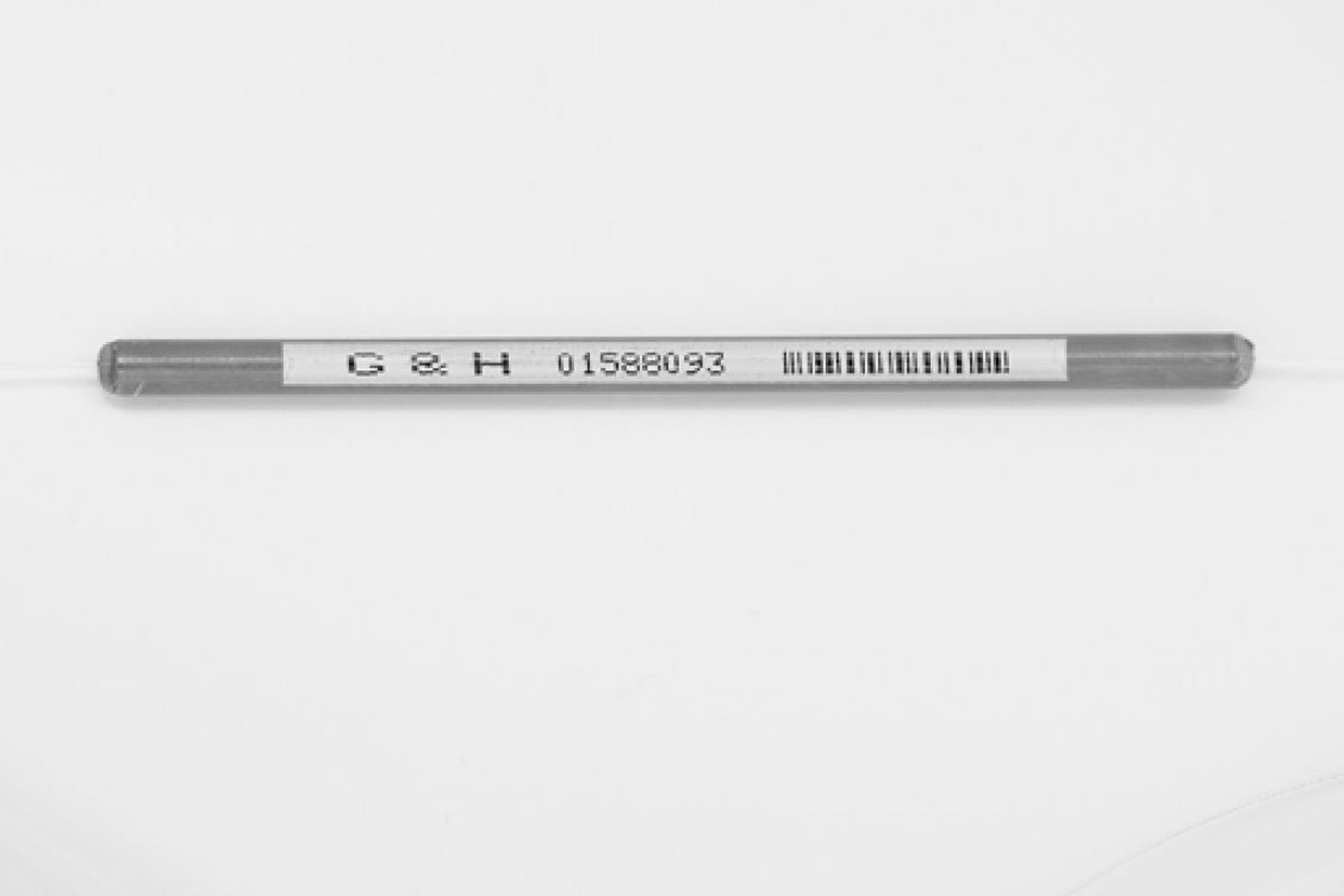Fiber Attenuators
Product Portfolio
AMS Technologies carries a broad range of fiber attenuators that provide fixed or variable attenuation of optical signals in optical fibers. Variable attenuators are available for manual operation as well as driven by stepper motors, MEMS mirrors or shutters, or based on liquid crystals.
Low-cost fixed attenuators are available in different configurations like hybrid male to female, bulkhead receptacle and loopback to best suit your application. The attenuators use attenuating fibers that are specially doped to reduce the intensity of the light, or an integrated special attenuating filter for MM fibers.
The compact fused fixed attenuators provide attenuation values from 1 to 20 dB. Standard wavelength windows are the C, L, C+L or S bands.
Expanded beam style neutral density fixed attenuators in pigtail or receptacle style are ideal for multi mode (MM) and other applications where attenuating fibers are not available. The expanded beam design permits higher power handling than plug style attenuators. The attenuators consist of a set of collimating and focusing optics and a central baseplate containing the filter which can be either permanent or removable.
Manually operated, compact, PCB mountable, blocking variable attenuators (VOAs) are available in pigtail or receptacle style, consisting of two collimating lenses and a threaded radial screw between them to block the collimated beam. Some models allow the user to choose between finger- or screwdriver-operable screws. VOAs with a variable neutral density filter and the radial screw controlling the filter’s position provide more uniform attenuation in multi mode. The reflective style variable attenuators are ideal for applications where the input and output fibers must be attached to the same side of the device.
AMS Technologies provides motor driven, PCB mountable variable attenuators with SM and PM attenuators using blocking style attenuation technique, while MM attenuators use a variable neutral density filter. Various versions are available, ranging from direct access to the stepper motor to a high-speed driver circuit all the way to an embedded microcontroller with a programmed calibration curve. We can also customize the design to fit your needs – contact AMS Technologies for detailed specifications.
MEMS-based variable fiber attenuators are offered as coaxial-style components in miniature (Ø 5.6 x 31 mm) or even ultra-small (Ø 3.5 x 14 mm) sizes. Within these coaxial-style components (input and output fiber next to each other on the same side of the device), a MEMS mirror is moved electrostatically to control the attenuation. Single or dual miniature VOAs based on MEMS mirrors are also available in slightly larger, non-coaxial style format, working in reflection or transmission mode, as well as in an array module format with 4, 8, or even up to 40 channels.
Another series of single or dual VOAs feature an attenuation mechanism based on a micromechanical shutter moving an obstructing element into the optical beam between two single mode fibers. The series’ miniature package withstands rugged environments and is well suited for direct mounting on PCBs.
Variable optical attenuators based on liquid crystals are available as single-channel miniature devices or multi-channel modules, providing continuous tuning without any moving parts.
Related Products
Our fiber attenuators can be used with our broad range of optical fibers, patch cables, bundles and assemblies, driven by our various lasers and light sources.
Beyond fiber attenuators, further fiber components are available like collimators and focusers, light to fiber couplers/collimators, fiber connectors, mating sleeves and adapters, fiber WDMs, combiners, splitters and couplers, fiber amplifiers and polarization controllers, as well as fiber optic circulators, delay lines, filters, isolators, switches and other fiber optic assemblies.
Our portfolio of precision optics includes optical lenses, optics assemblies, optical filters, optical prisms, optical mirrors, optical beamsplitters, etalons, optical gratings, optical isolators, optical attenuators and polarization optics as well as optical scanners and deflectors or optical modulators, q-switches and pockels cells.
For mounting, adjusting and moving our optical components with high precision, we carry an array of optomechanics and motion control such as optical mounts, rotary and translation stages plus motion controllers as well as optical tables, breadboards and platforms.
Definition
Fiber attenuators reduce the optical power level in an optical fiber. Optical attenuators use different techniques to reduce the power level, such as deflection, diffraction, diffusion, absorption, reflection, scattering, etc. Most fiber attenuators work by absorbing the light – in a length of strongly attenuating fiber, or by means of a shielding element or neutral filter in the optical path. Within the wavelength range defined for the component, this absorption has largely the same value for the energies of all wavelengths.
While fixed attenuators provide a constant level of attenuation, variable optical attenuators allow the attenuation value to be varied either in steps or continuously. For this purpose, a neutral filter of variable density is moved into the beam path, or the beam path is partially and increasingly blocked by an optically opaque element. The degree of attenuation is adjusted either manually (usually by means of a screw) or by motor. Another method is liquid crystals, whose optical density is varied by applying a voltage.
Alternative Terms: Fiber Optic Attenuator; Optical Attenuator; Variable Attenuator; Variable Fiber Attenuator; Variable Fiber Optic Attenuator












